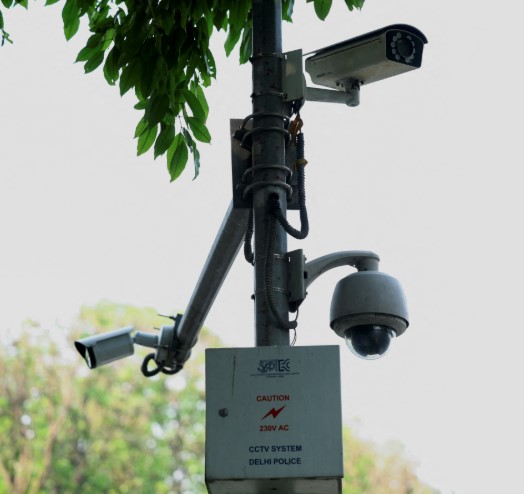India has introduced new rules for companies that make and sell CCTV surveillance cameras.
India’s New Rules Shake Up CCTV Makers
These rules require every manufacturer to submit their hardware, software, and even source code for testing in special government labs before selling the products in the country. The policy came into effect on April 9, 2025, and applies to all internet-connected CCTV cameras, whether made in India or imported.
This decision has created major concerns among global manufacturers, especially companies from China, South Korea, the U.S., and Britain. Companies like Hikvision, Dahua, Hanwha, Motorola Solutions, and others are facing delays in getting their products approved. As of late May, only a small number of applications had been approved, with most of them still waiting.
According to the Indian government, the objective is to raise the caliber and cybersecurity of CCTV systems nationwide. The government believes there is a real risk that these cameras could be used for spying. They are especially worried about the cameras being controlled remotely by foreign actors. These fears have grown stronger because of past tensions with neighboring countries and news reports of similar issues in other parts of the world.
Officials have met with major global surveillance camera manufacturers. Most of the companies said they weren’t ready for the new testing requirements and asked for more time. But the government refused to delay the rules, saying that the security threat is serious and the rules must be enforced.
China’s Role and India’s Security Concerns
One of the biggest reasons behind the new rules is India’s concern about surveillance products made in China. China’s laws require companies to cooperate with intelligence services, which has raised alarms in many countries. In the past, Indian authorities found that over a million cameras used in government buildings were from Chinese firms, and some of the data was being transferred to servers outside India.
India is not alone in these concerns. The U.S., Britain, and Australia have already restricted or banned products from some Chinese surveillance companies due to fears of spying. India’s policy does not name any specific country, but many of the new requirements clearly affect companies based in countries that share a land border with India.
One Chinese company was told by Indian testing labs that they had to submit extra paperwork because they work with manufacturers based in China. Although this rule was not mentioned officially, the company was informed that it was an internal guideline meant for applications from countries sharing land borders with India.
To make things more complicated, manufacturers are being asked to share detailed information about their products. This includes test results from special software tools and even the original source code, especially if the products use custom communication methods. Government inspectors also have the authority to visit overseas factories and check for security weaknesses.
The rules also say that all CCTV devices must include tamper-proof casings, strong malware detection features, and strong data protection systems. This means the devices have to be built in a way that prevents hackers from easily breaking into them.
Market Impact and Industry Reaction
India has quickly become one of the world’s largest users of CCTV cameras, with cities, businesses, and homes relying on them for security. In New Delhi alone, over 250,000 cameras are installed. The Indian CCTV market was valued at $3.5 billion last year, with one Indian brand holding nearly 50% of the market, while Chinese brands like Hikvision and Dahua hold about 30%. Most components—around 80%—come from China.
But new government rules have disrupted the industry. Since April, all internet-connected CCTV cameras must pass security tests in Indian government labs before being sold. So far, only one foreign company has received approval. Hundreds of applications are still pending, with companies warning of halted projects and big financial losses.
The testing agency has just 15 labs and can handle only 28 applications at once. With each application covering up to 10 models, the backlog is growing. This delay has hit local businesses hard. In Delhi’s major electronics markets, shopkeepers say sales have dropped sharply—some by as much as 50%.
Manufacturers have asked to keep selling older products while waiting for approval, but the government has refused. The rules, officials say, are essential for protecting national security. Now, global surveillance companies must quickly adapt or risk losing access to one of the world’s largest and fastest-growing markets.

